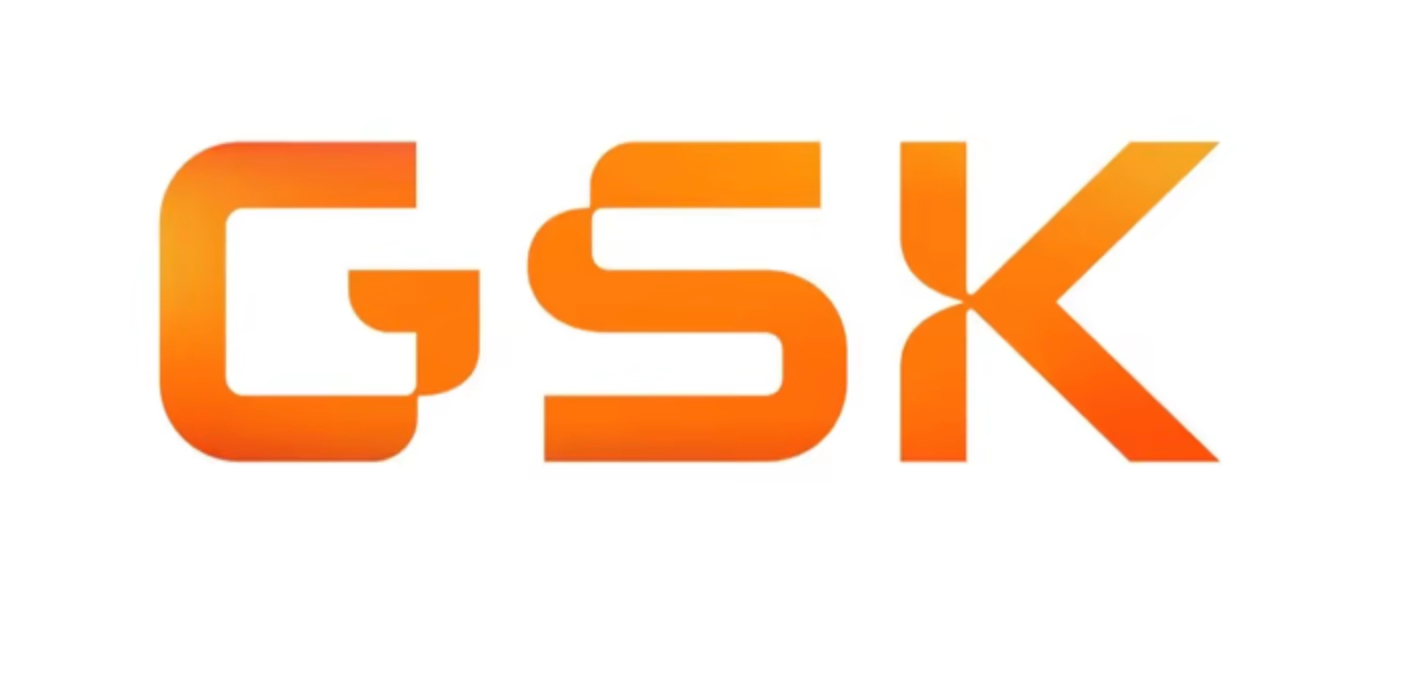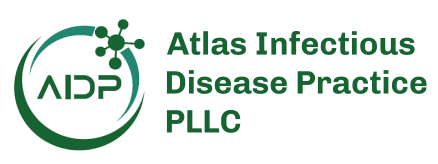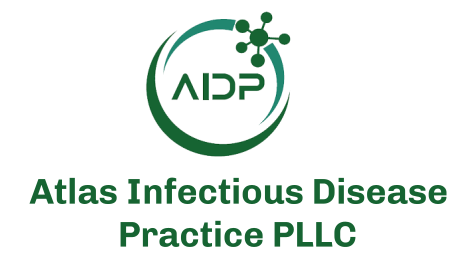
Gepotidacin, which was FDA approved last month for uncomplicated urinary tract infections, was found to be efficacious against gonorrhea even slightly exceeding the standard treatment for the sexually transmitted infection (STI). The study’s results were published in The Lancet.
“Results of the primary analysis of microbiological response at test-of-cure demonstrated microbiological success rates of 92.6% (187 of 202 [95% CI 88·0 to 95·8]) in the gepotidacin group and 91.2% (186 of 204 [86·4 to 94·7]) in the ceftriaxone plus azithromycin group (adjusted treatment difference –0·1% [95% CI –5·6 to 5·5]),” The authors wrote.
In terms of safety, the gepotidacin group did see higher rates of adverse events compared to the other group, mainly gastrointestinal events. The authors write that almost all were mild or moderate. No treatment-related severe or serious adverse events occurred in either group.
Study Parameters
This study labeled as EAGLE-1, was a phase 3 open-label noninferiority trial examining oral gepotidacin compared with ceftriaxone plus azithromycin. The former was taken as 2 3,000 mg doses administered 10–12 hours apart, and the latter treatment was 500 mg intramuscular ceftriaxone plus 1 g oral azithromycin.
Participants had to have a bodyweight over 45 kg, and had suspected uncomplicated urogenital gonorrhea (including mucopurulent discharge), a positive laboratory test for Neisseria gonorrhoeae, or both. Patients were randomly allocated in a 1:1 ratio to each treatment group, stratified by sex and sexual orientation.
The primary efficacy endpoint was defined as eradication of gonorrhea at test-of-cure (days 4–8). The noninferiority margin was prespecified at –10%. The primary outcome was assessed in the microbiological intention-to-treat (micro-ITT) population, all participants randomly allocated to a study treatment who received at least 1 dose of their treatment and had confirmed ceftriaxone-susceptible N gonorrhoeae isolated from the baseline culture of their urogenital specimen, the authors explained.
“Gepotidacin demonstrated non-inferiority to ceftriaxone plus azithromycin for urogenital N gonorrhoeae, with no new safety concerns, offering a novel oral treatment option for uncomplicated urogenital gonorrhea,” the authors wrote.
Learn more: Investigational Antibiotic Shows Efficacy, Safety in Late Stage Trial for Uncomplicated Gonorrhea
In 2023, the last year for counting confirmed statistics, there were 601,319 cases in the US.2 This does demonstrate a slight 5-year decrease of 2.4%.2 According to the World Health Organization (WHO), there were 82.4 million cases in 2020. It is the second most prevalent STI behind chlamydia.3
FDA Approval
Last month, gepotidacin was FDA approved for uncomplicated urinary tract infections in female patients aged at least 12 years and weighing at least 40 kg. The approval is based on positive results from the pivotal phase 3 EAGLE-2 and EAGLE-3 trials which demonstrated non-inferiority to nitrofurantoin, one of the leading current standard of care options for uUTI, in female adults (≥40 kg) and paediatric patients (≥12 years, ≥40 kg) with a confirmed uUTI. In EAGLE-2, gepotidacin demonstrated non-inferiority in therapeutic success which occurred in 50.6% (162/320) of participants compared to 47.0% (135/287) for nitrofurantoin (covariate-adjusted treatment difference 4.3%, 95% CI (-3.6, 12.1)).4
Learn more: Clinical Implications, Study Takeaways of Gepotidacin For Uncomplicated UTIs
In EAGLE-3, gepotidacin demonstrated statistically significant superiority versus nitrofurantoin (one-sided p-value 0.0003). Therapeutic success occurred in 58.5% (162/277) of participants compared to 43.6% (115/264) for nitrofurantoin (covariate-adjusted treatment difference 14.6%, 95% CI (6.4, 22.8)).4
The safety and tolerability profile of gepotidacin in the EAGLE-2 and EAGLE-3 phase III trials was consistent with previous trials. The most commonly reported adverse events (AEs) in gepotidacin participants were gastrointestinal (GI). Diarrhea was the most common (16% of participants), followed by nausea (9%). Of the participants who reported GI AEs in the gepotidacin group, the most common maximum severity was mild (69% Grade 1) and moderate (28% Grade 2). Participants with Grade 3 GI events accounted for 3% of all patients with GI events and occurred in <1% of all participants. There was one drug-related serious adverse event in each treatment arm (Blujepa and nitrofurantoin) across the 2 trials.4
GSK plans to file for FDA approval for treatment of gonorrhea later this year.
References






